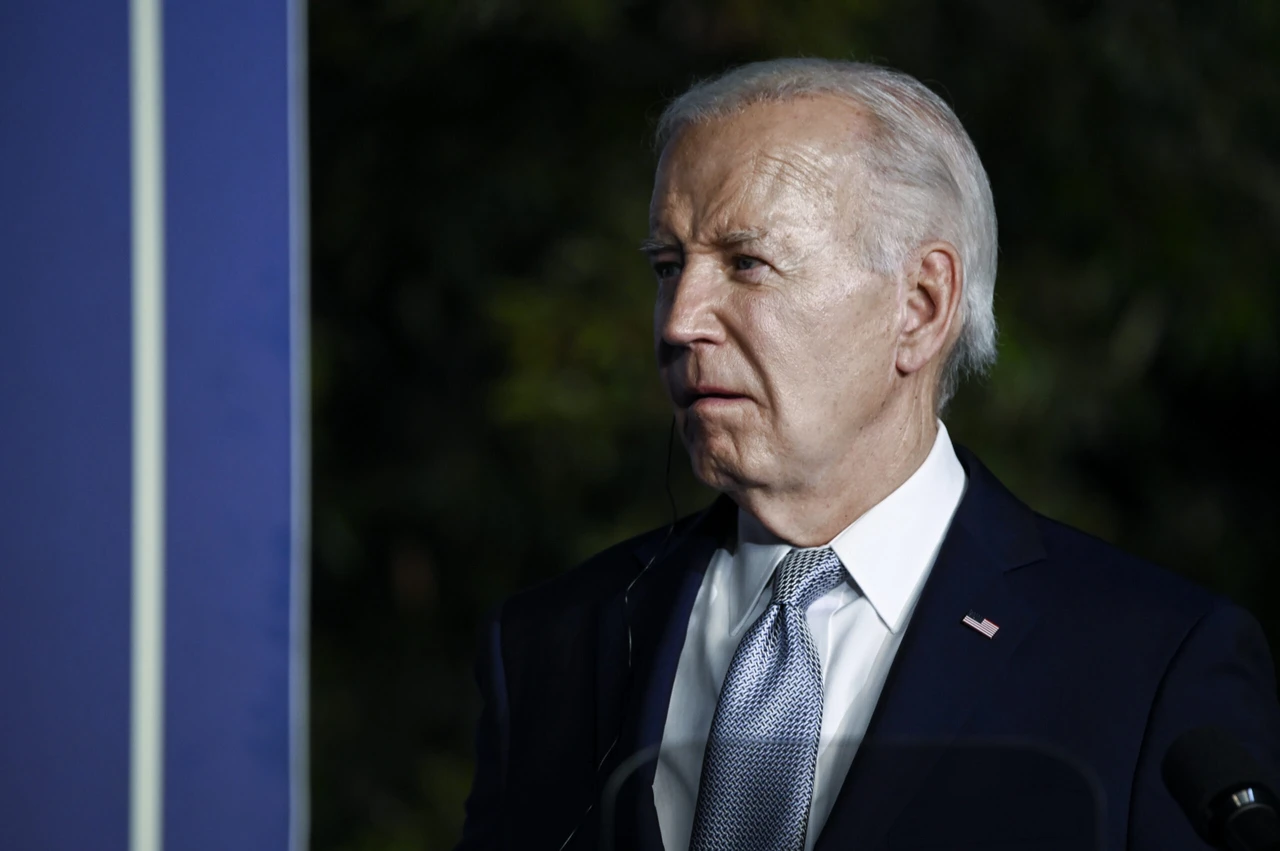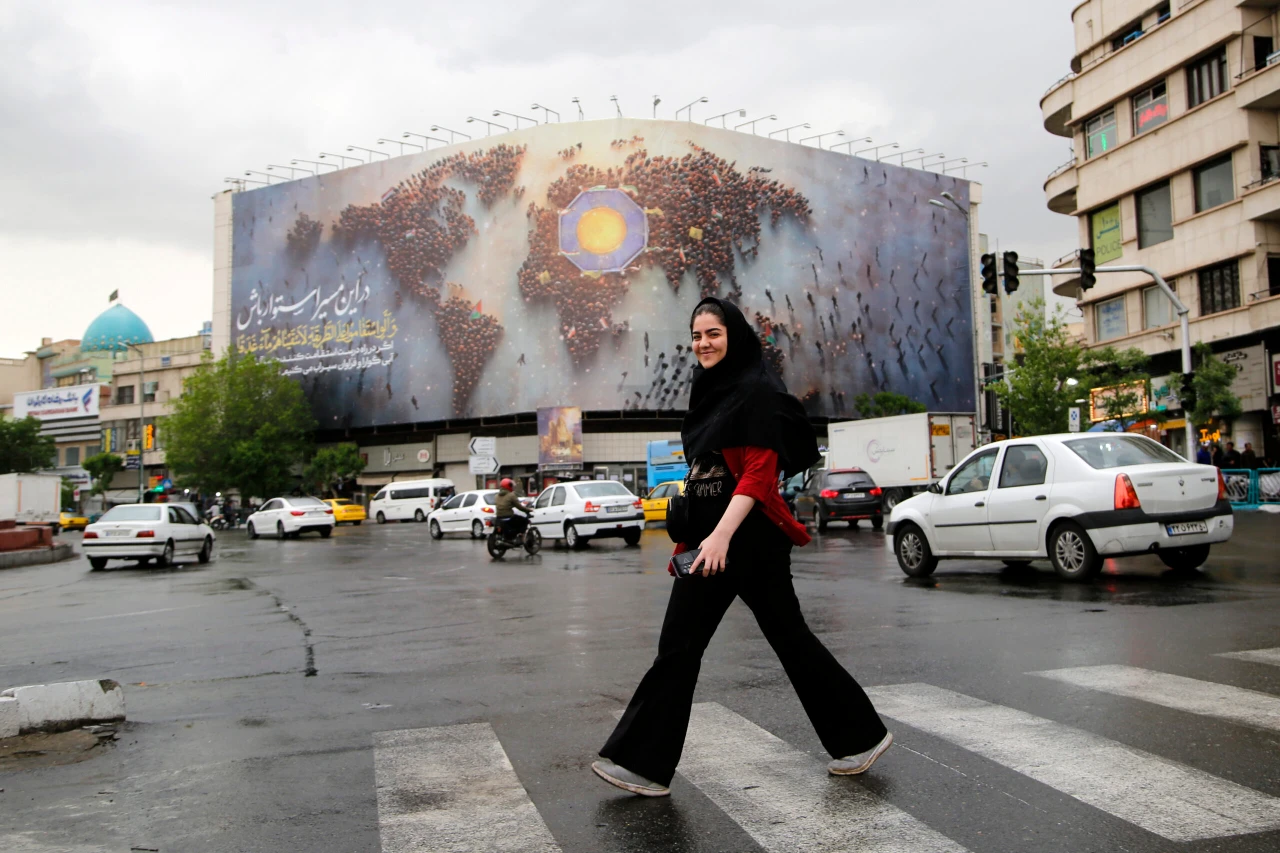Ceasefire deal framework agreed upon by Israel and Hamas, says US President
 US President Joe Biden and Ukrainian President Volodymyr Zelenskyy (not seen) hold a joint press conference at the Masseria San Domenico on the sidelines of the G7 Summit in Savelletri, Italy on June 13, 2024. (Anadolu Images)
US President Joe Biden and Ukrainian President Volodymyr Zelenskyy (not seen) hold a joint press conference at the Masseria San Domenico on the sidelines of the G7 Summit in Savelletri, Italy on June 13, 2024. (Anadolu Images)
US President Joe Biden announced on Friday that Israel and Hamas have agreed on a ceasefire framework, signaling a potential end to the ongoing conflict in Gaza. Although there is “still work to do,” framework is believed to include provisions for the release of hostages.
The framework, which is still being finalized, aims to halt hostilities and secure the release of hostages held by Hamas. Negotiations are ongoing, with Hamas seeking written guarantees for a permanent ceasefire and Israel requesting the disarmament of Hamas.
US National Security Advisor Jake Sullivan had previously emphasized the complexity of the negotiations. “This is a complex negotiation with a lot of moving parts and a lot of details to be worked through,” Sullivan said. “I think there’s still miles to go before we close if we are able to close,” he added, cautioning that an agreement is not yet imminent.
Sullivan noted that the situation has shown more positive signs recently. “It does not have to be far out in this instance if everyone comes at this with the will to get it done because the deal is there,” he stated. “Our team is in the region as we speak, working through the remaining issues to be resolved, and we’re going to keep driving until we actually get a deal.”
Ceasefire framework details
According to a Wednesday op-ed in The Washington Post by a senior US official, the agreed framework includes three stages. In the first phase, Hamas would release 33 hostages, including women, men over 50, and injured captives. In return, Israel would release hundreds of Palestinian prisoners and withdraw forces from densely populated areas along Gaza’s eastern border.
The second phase involves an interim governance plan for Gaza, wherein neither Israel nor Hamas would have control. Instead, a US-backed security force, supported by moderate Arab allies, would be deployed, including about 2,500 vetted supporters of the Palestinian Authority.
The final phase would see the release of remaining male IDF soldiers held by Hamas and a complete IDF withdrawal from Gaza, leading to a “permanent end to hostilities.” A UN Security Council resolution would back a multi-year reconstruction plan for Gaza.
Hamas has indicated its willingness to cede authority to the interim governance arrangement, according to the op-ed. The deal also involves the reconstruction of hospitals and the flow of humanitarian aid into Gaza.
The negotiations have been influenced by Hamas’s reported shortages of ammunition and supplies, as well as increasing pressure from Palestinian civilians demanding a ceasefire. Additionally, the ceasefire framework is linked to broader regional developments, including Israel’s potential normalization of relations with Saudi Arabia, contingent on progress towards the creation of a Palestinian state.



